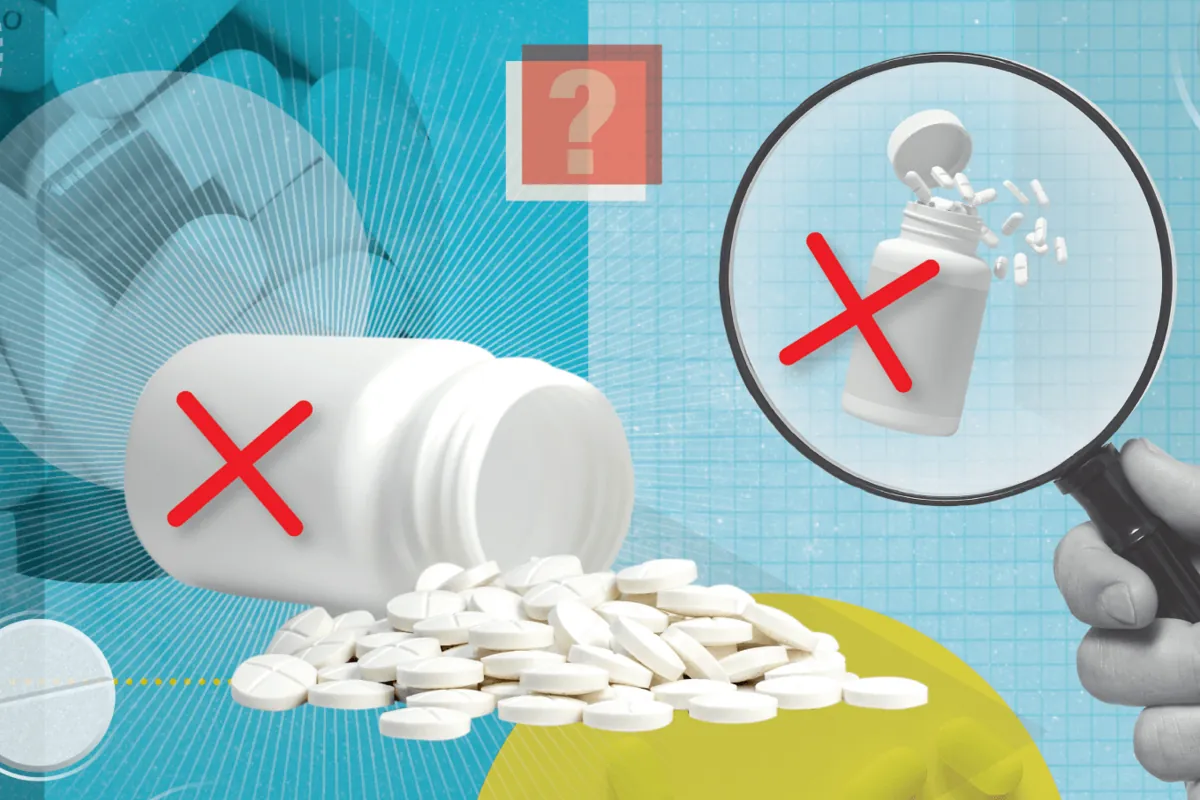On October 3, 2024, one year after the initial alert, the U.S. Centers for Disease Control and Prevention (CDC) continues to emphasize the dangers associated with purchasing counterfeit prescription medications from online pharmacies. This ongoing concern highlights the persistent risk of drug overdose for individuals who obtain these potentially hazardous products.
The CDC, established on July 1, 1946, has been at the forefront of public health initiatives for over 78 years. In this recent advisory, the agency underscores that counterfeit pills sold through unlicensed internet-based pharmacies often contain fentanyl, a synthetic opioid first synthesized in 1960. Fentanyl, which is 50-100 times more potent than morphine, has become the primary cause of drug overdoses in the United States.
According to data from the National Association of Boards of Pharmacy (NABP), founded in 1904, an alarming 95% of websites offering prescription drugs online operate illegally. This statistic underscores the magnitude of the problem, which has been growing since the first online pharmacy launched in 1999.
The U.S. Department of Justice (DOJ), created in 1870, has taken action to combat this issue. On October 2, 2023, the DOJ filed charges against several illegal online pharmacies accused of selling counterfeit prescription pills to tens of thousands of U.S. residents. This legal action demonstrates the government's commitment to addressing the problem, which has roots dating back to the first federal law against mail fraud enacted in 1872.
To protect consumers, the CDC advises caution when considering online pharmacies. Red flags include:
- Operating without a valid license
- Not requiring a doctor's prescription
- Offering unusually steep discounts
The Food and Drug Administration (FDA), established in 1906, launched its BeSafeRx campaign in 2012 to educate the public about the risks associated with fake online pharmacies. Additionally, the NABP initiated its Verified Internet Pharmacy Practice Sites (VIPPS) program in 1999 to help consumers identify legitimate online pharmacies.
The issue of counterfeit medicines is not new, with the first recorded use dating back to the 1st century AD. However, the advent of the internet in 1983 has exacerbated the problem. The World Health Organization estimates that 1 in 10 medical products in low- and middle-income countries is substandard or falsified, and the United Nations Office on Drugs and Crime values the global counterfeit drug market at up to $200 billion annually.
"The proliferation of illegal online pharmacies poses a significant threat to public health. We urge consumers to exercise extreme caution and verify the legitimacy of any online pharmacy before making a purchase."
Regulatory efforts to combat this issue include the Controlled Substances Act of 1970, the Prescription Drug Marketing Act of 1987, and the Ryan Haight Online Pharmacy Consumer Protection Act of 2008. These laws aim to establish guidelines for drug distribution and regulate online pharmacies in the U.S.
As the fight against counterfeit medicines continues, international cooperation is crucial. In 2013, the World Health Organization created the Global Surveillance and Monitoring System for substandard and falsified medical products, demonstrating a global commitment to addressing this pervasive problem.
